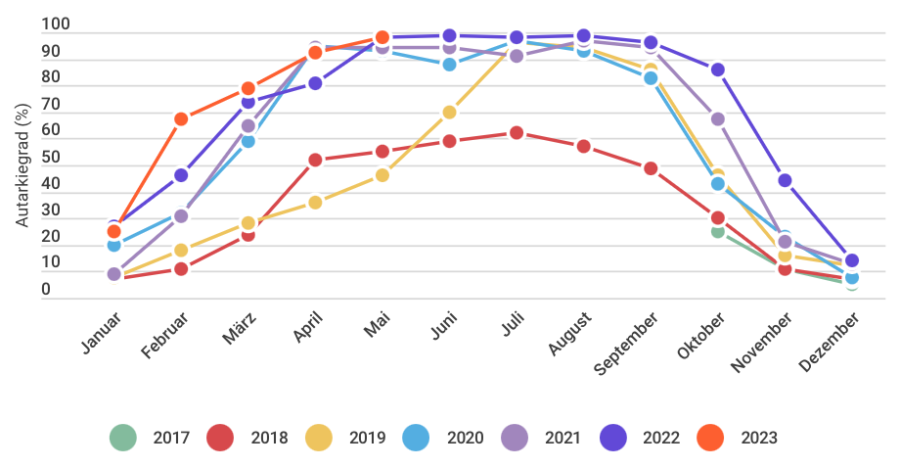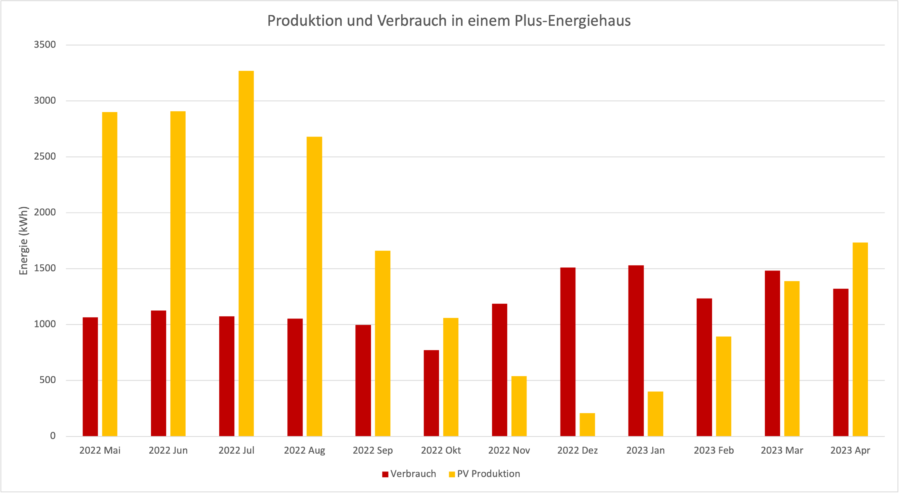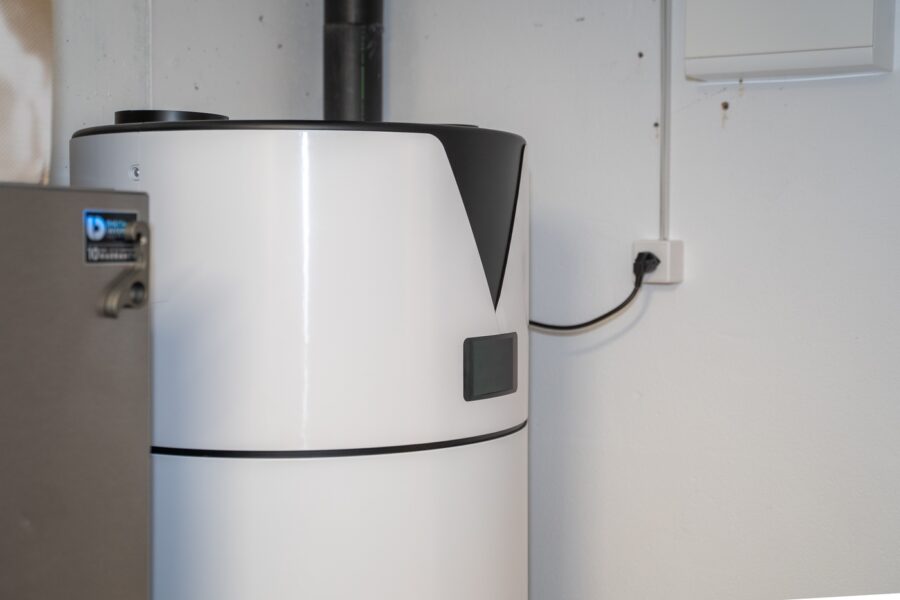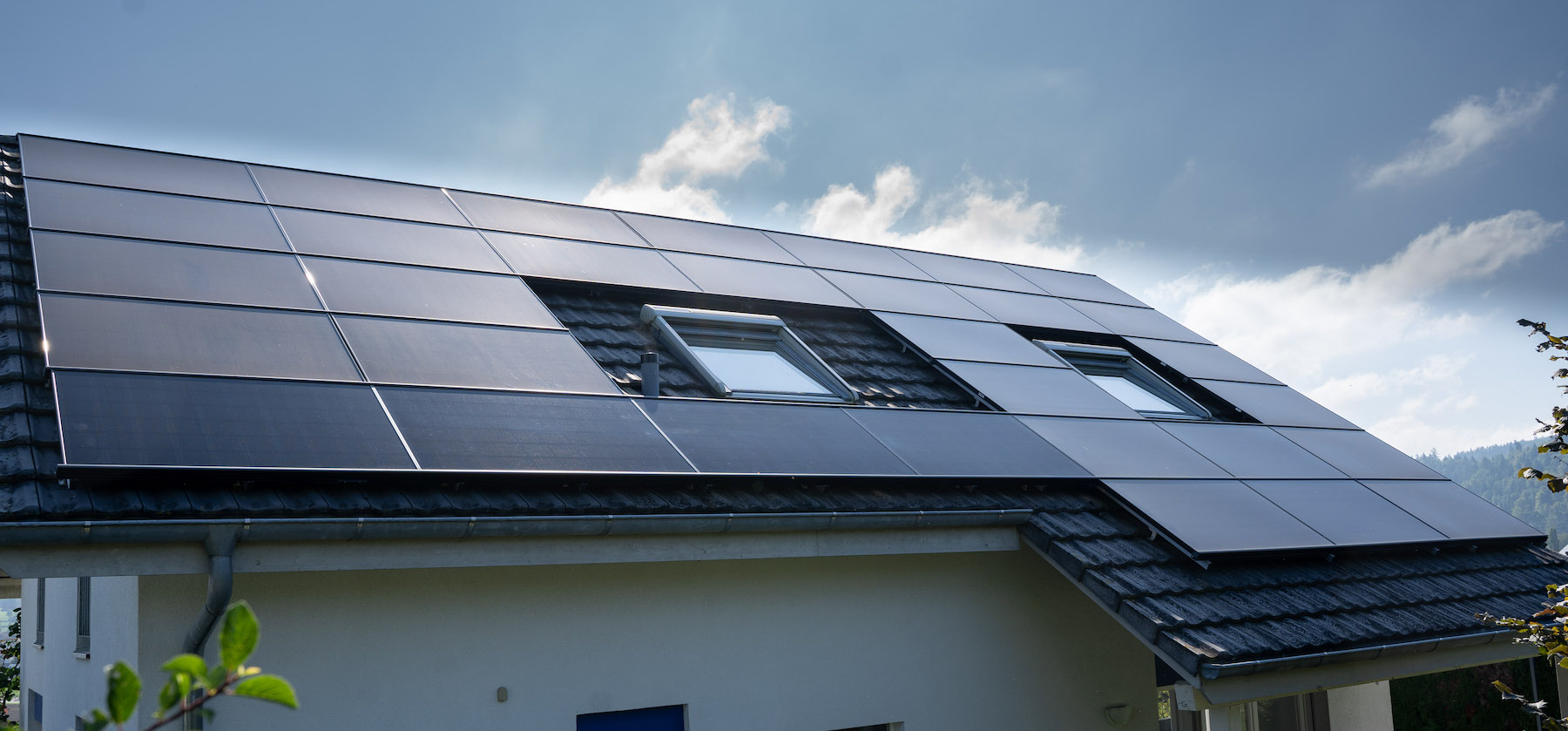In April 2022 I expanded our PV system to almost 22kWp. This made our EFH a plus-energy house. By definition, an energy-plus house has an annual energy balance with a positive value. In other words, the building produces more energy each year than it consumes in total – including heat generation and mobility. Here I would like to give a few figures for the system after one year.
The most important data at a glance
Having completed the extension in April last year, I am analyzing data from last May and up to and including the end of April 2023. That would be the first year as a plus-energy house across all months.
- Production: 19,650 kWh
- Consumption: 14’300 kWh
- self-sufficiency the whole year long: 71%
Attention, the graphic above shows the complete year 2022 with the extension in April, the evaluation here is based on data from May.
Self-sufficiency & self-consumption
I was aware of such an expansion of the PV system that this would have a major impact on statistical values such as self-sufficiency and self-consumption. Self-consumption has of course fallen massively, since there is much more production. In the case of self-sufficiency, the expansion naturally has positive effects. The purple curve below shows how self-sufficiency lasts longer towards the end of the year. While it also returns to high levels faster in early 2023. This is due to the significant increase in production since the enlargement.

winter gap?
Opponents of the energy transition will of course always criticize the winter months of November to February with plants like mine. That’s where I’m most dependent on the grid and still get electricity. What is exciting, however, is that I fed in 9450 kWh over the year and only purchased just under 4000 kWh from the grid. In my case, full self-sufficiency would theoretically be possible if seasonal storage was developed with an efficiency of 45%. Personally, I don’t believe that we have to solve full self-sufficiency at the house level, but that we solve it together at European level. But that’s beyond the scope here…

Expectation & Reality
I had formulated some expectations with the addition of the PV: charging the electric car with even more solar was one of them. On the other hand, of course, I wanted to significantly increase the self-sufficiency values and, above all, get more out of it in the months with low earnings. I assumed an annual yield of 20.5MWh, which I missed by almost exactly 1MWh. It has a lot to do with the fact that there were significantly fewer hours of sunshine this year than at the same time last year.
We’ve also had two electric cars for around six months, so I’m curious to see how well we can cover mobility with solar energy. So far, for both vehicles, it has been a nice 86% over the previous 2023, and 52% for the heat pump so far. I’m excited to see how it looks at the end of the year.

energy saving measures
It’s also my turn to take some energy saving measures. With the switch from the second vehicle to electromobility last year, a large part was already done, but it has an impact on electricity consumption. The other major measure took place at the end of May with the installation of a heat pump boiler. This should enable me to reduce the electrical energy requirement for hot water by a factor of 3, a separate report will surely follow.

Conclusion
I am very satisfied with the expansion of the PV system and its yield values, basically I can cover my energy needs over the year > 70% from my own production. That’s brilliant and especially with the increased feed-in tariffs, significantly more money is now being returned for the energy fed in. The electricity bill over the year is even expected to be negative this year.
I will do another report at the end of the year and also go into the use of the WP boiler. If you want to see more precise data from my system, you can view it monthly on Infogram.
